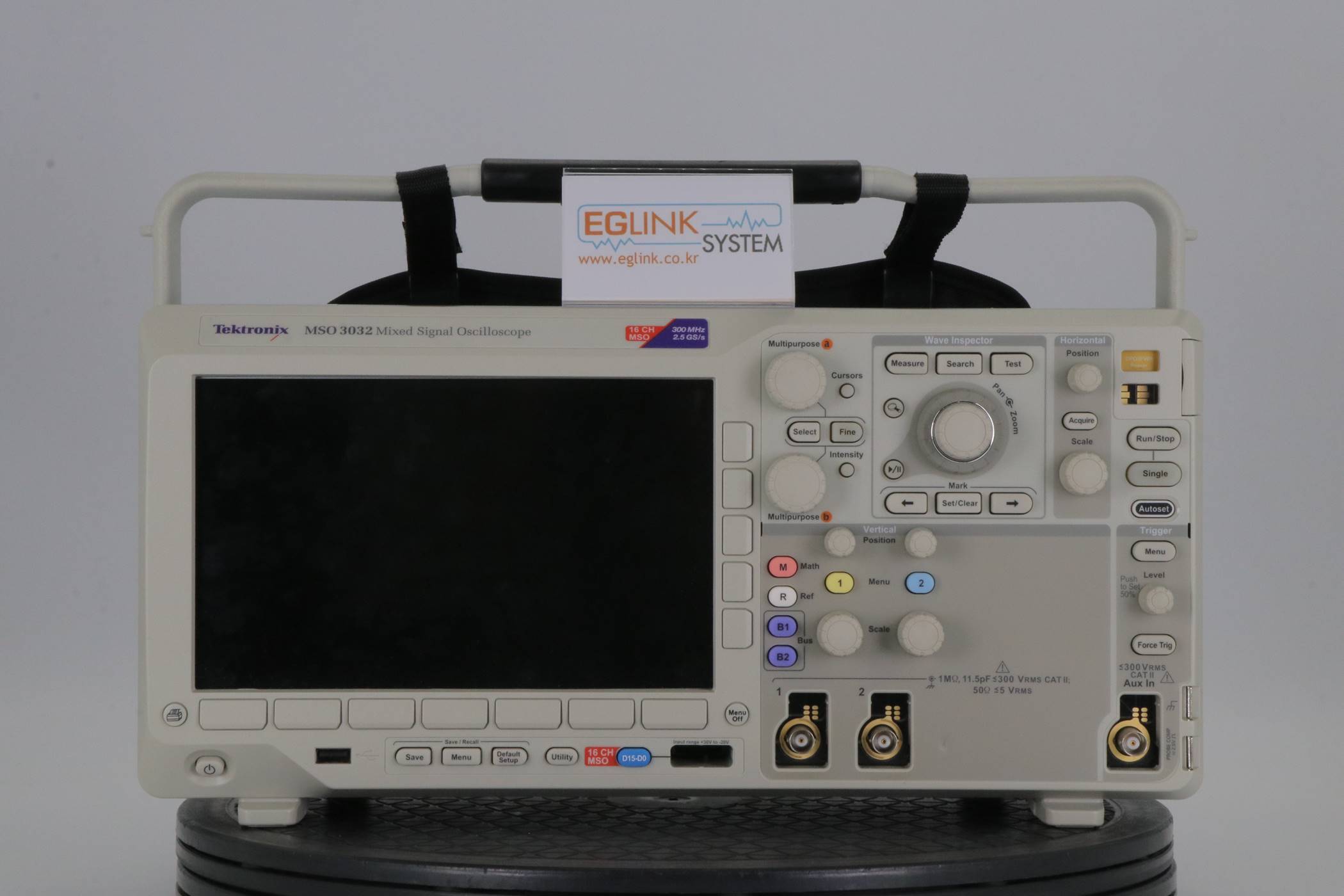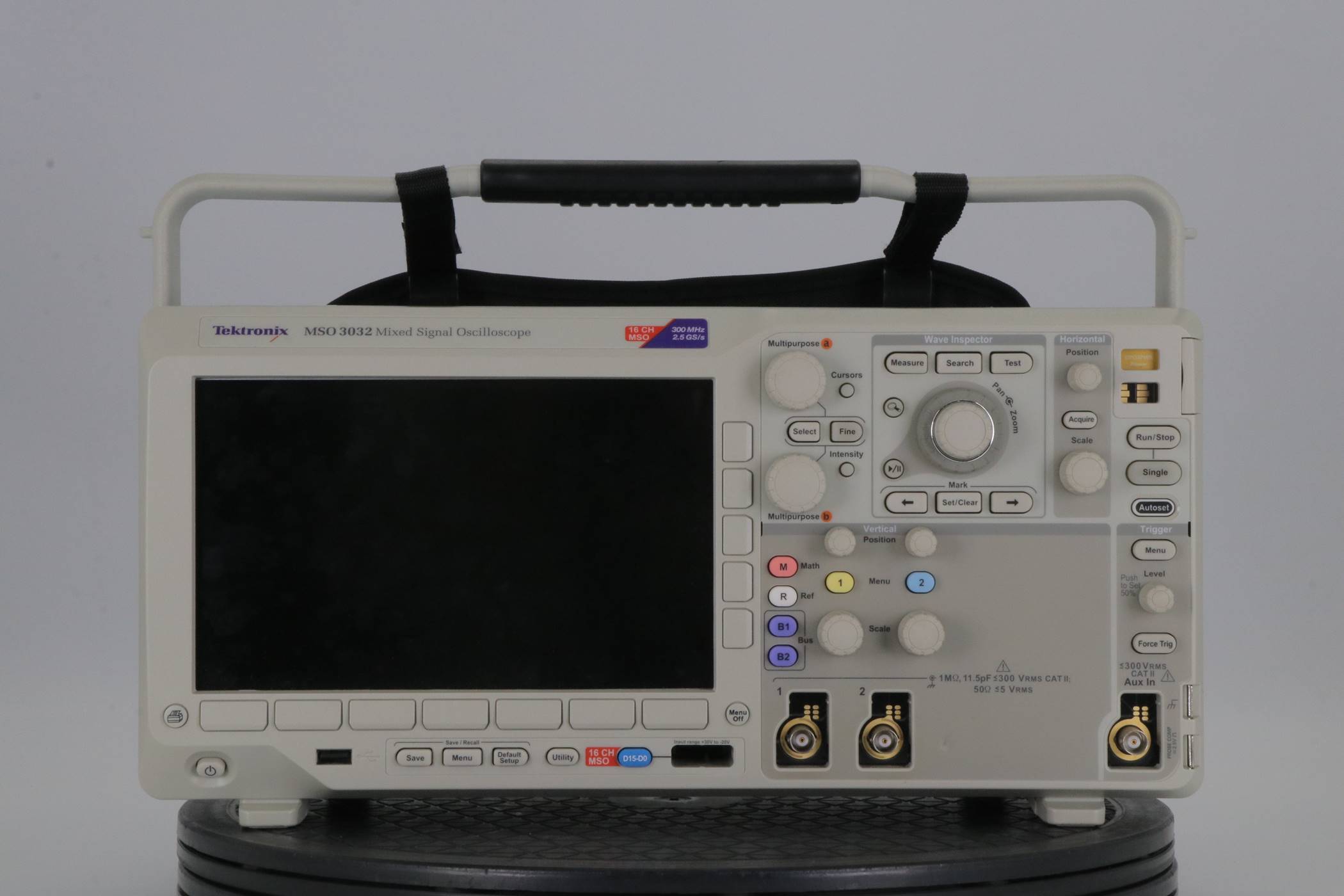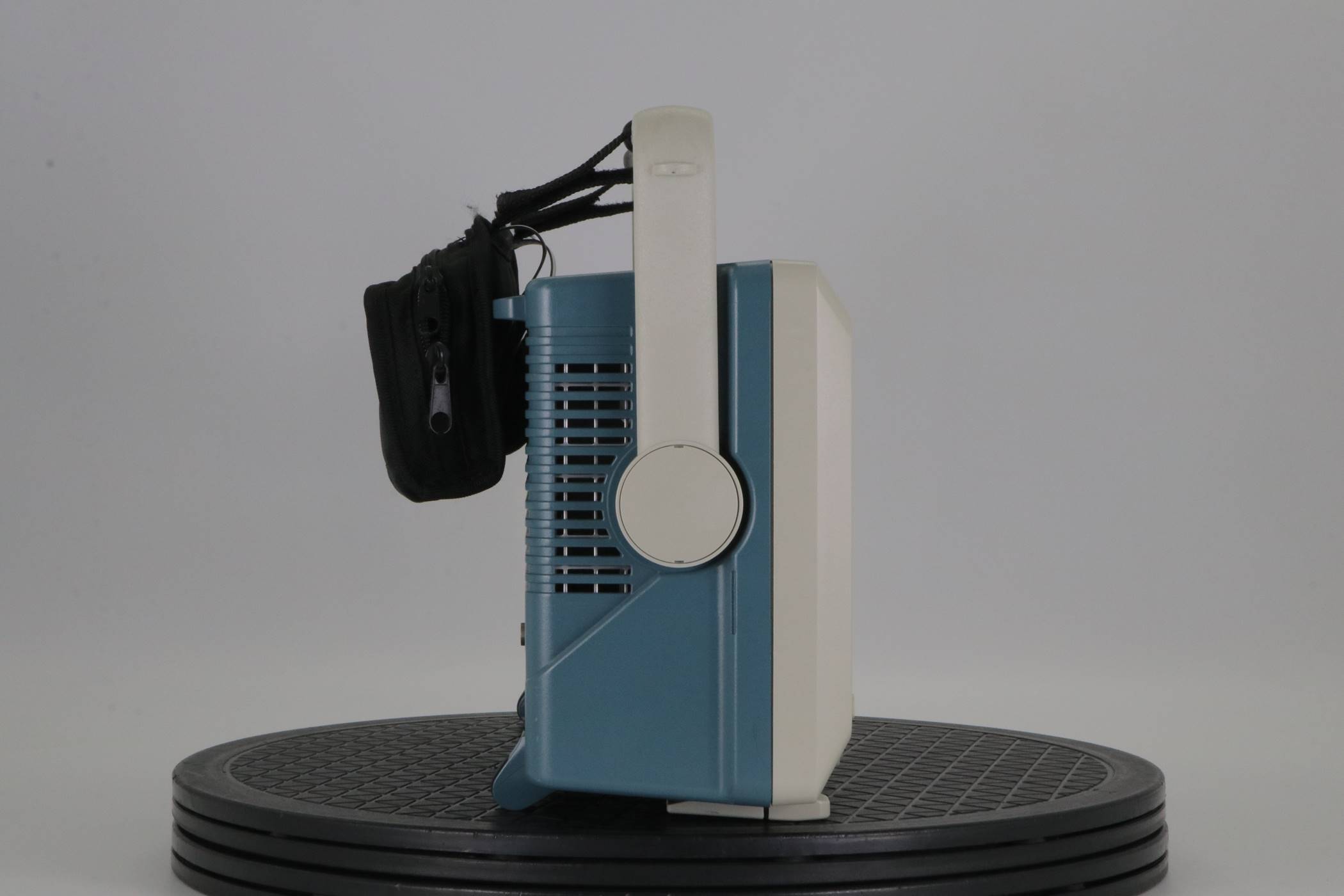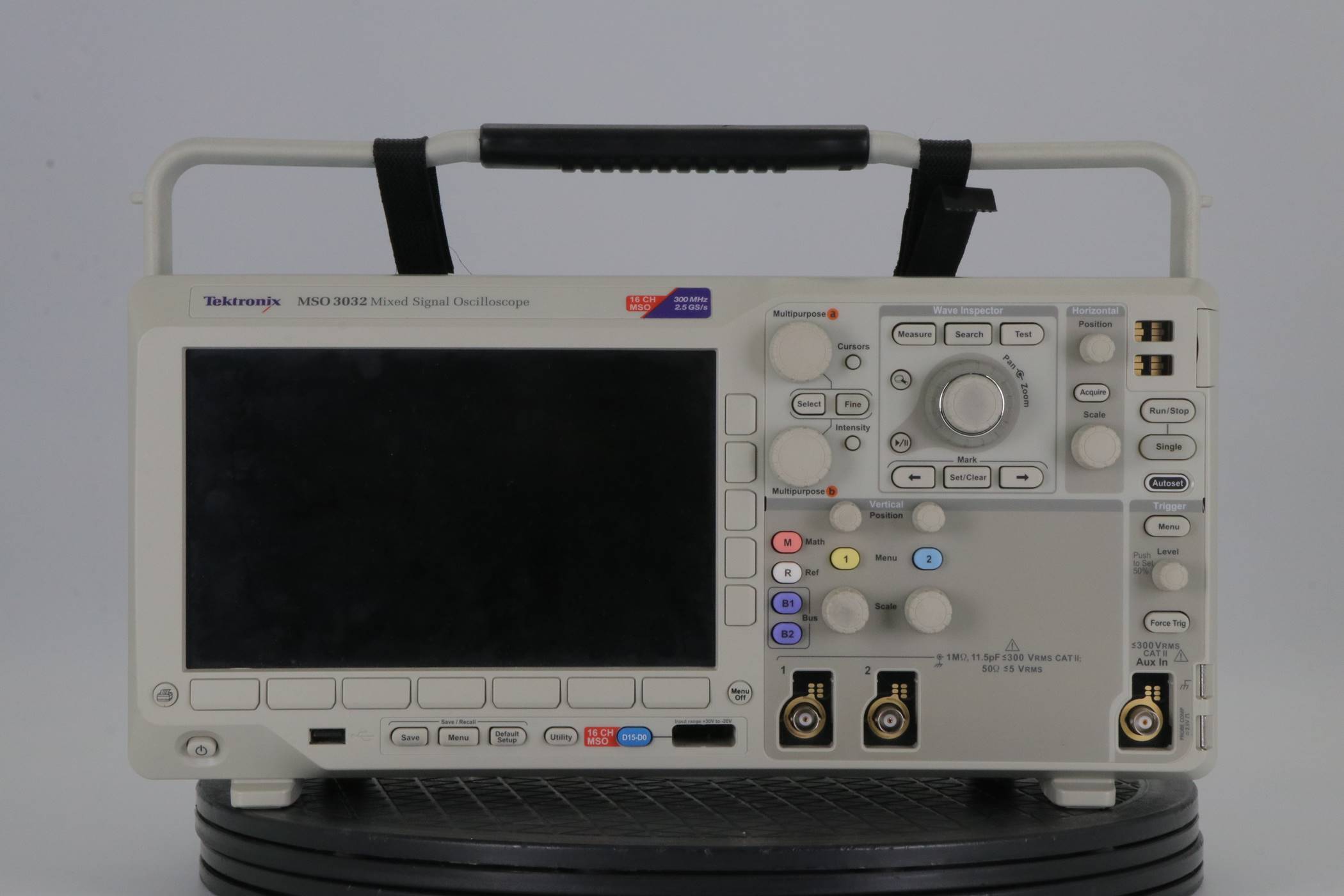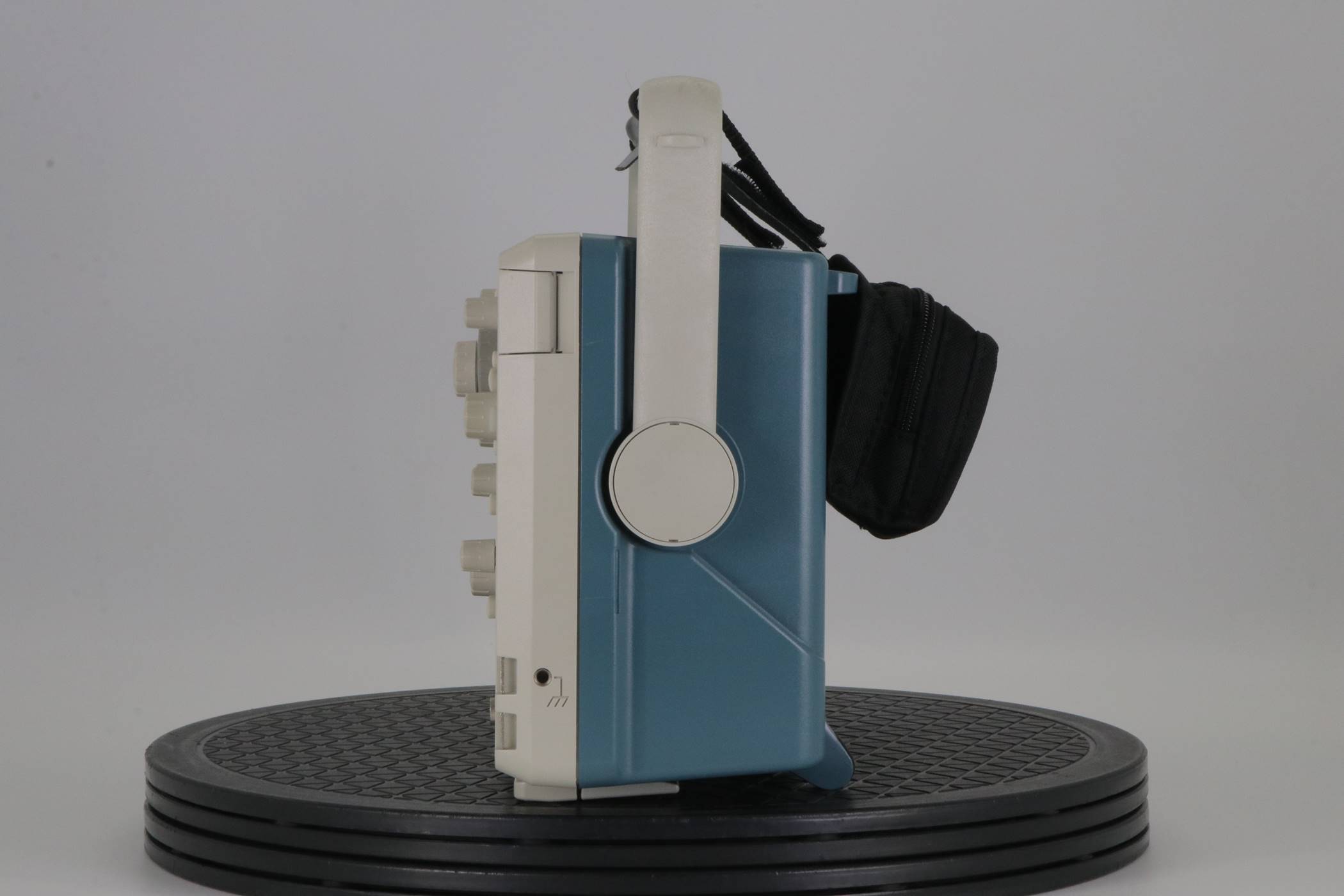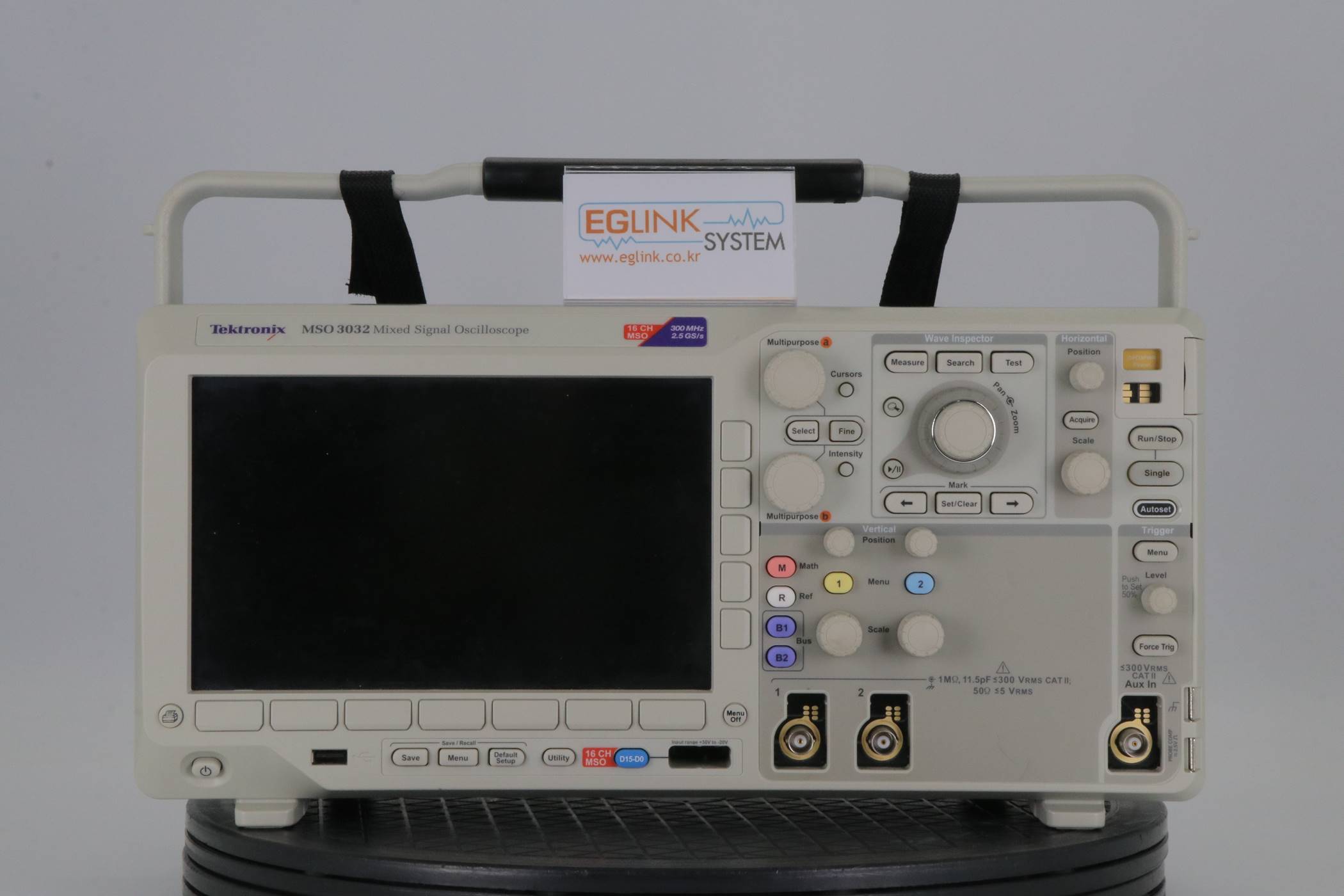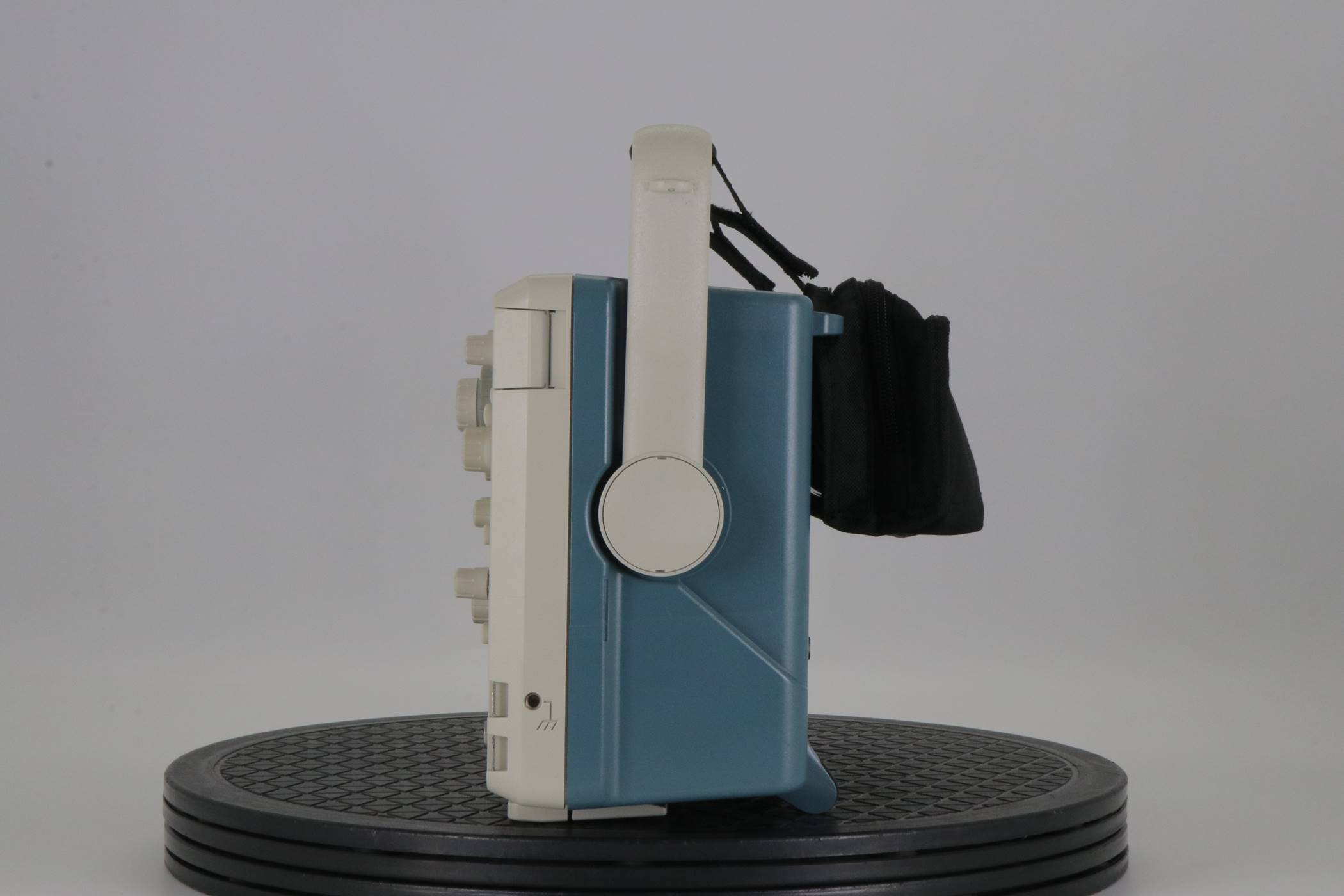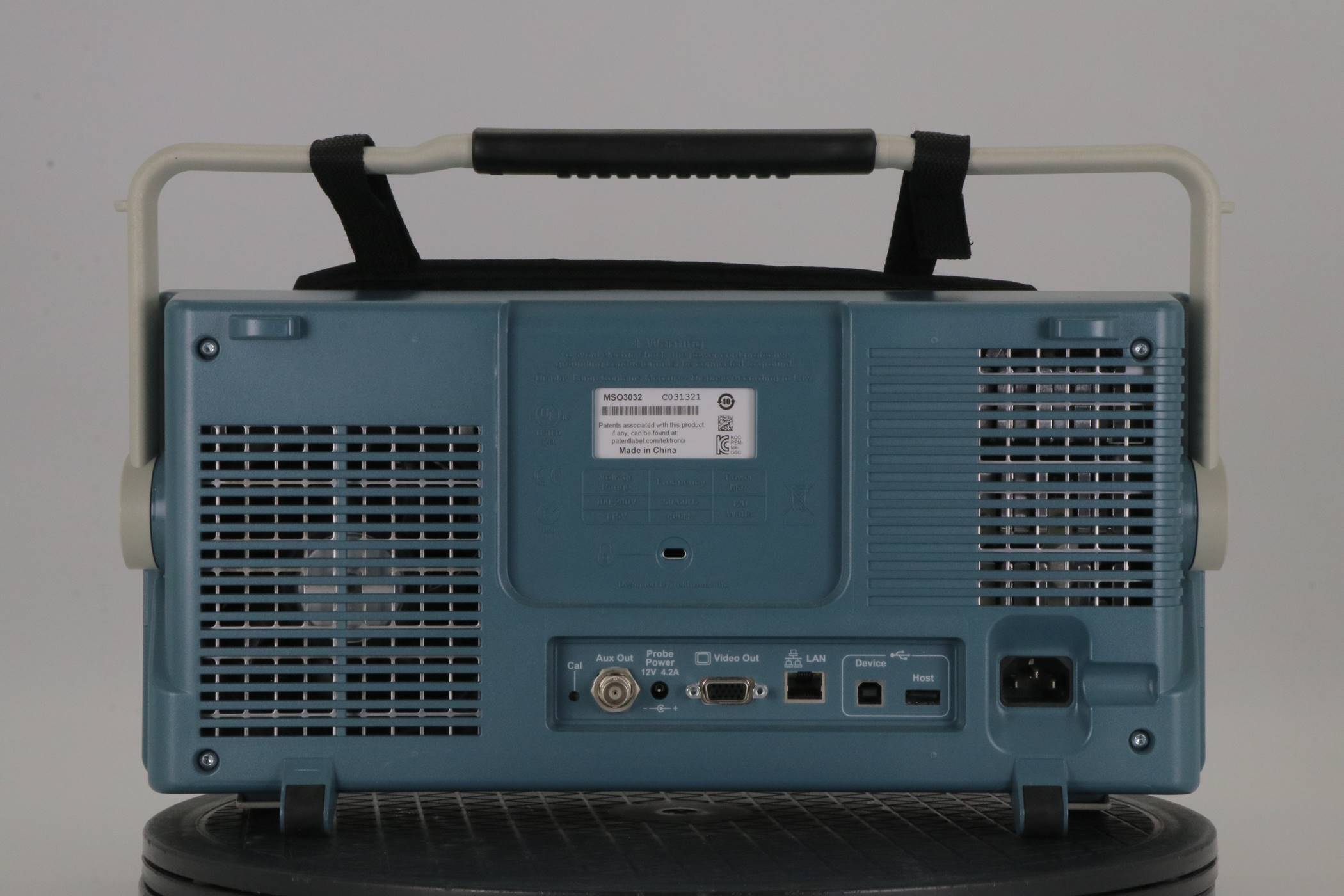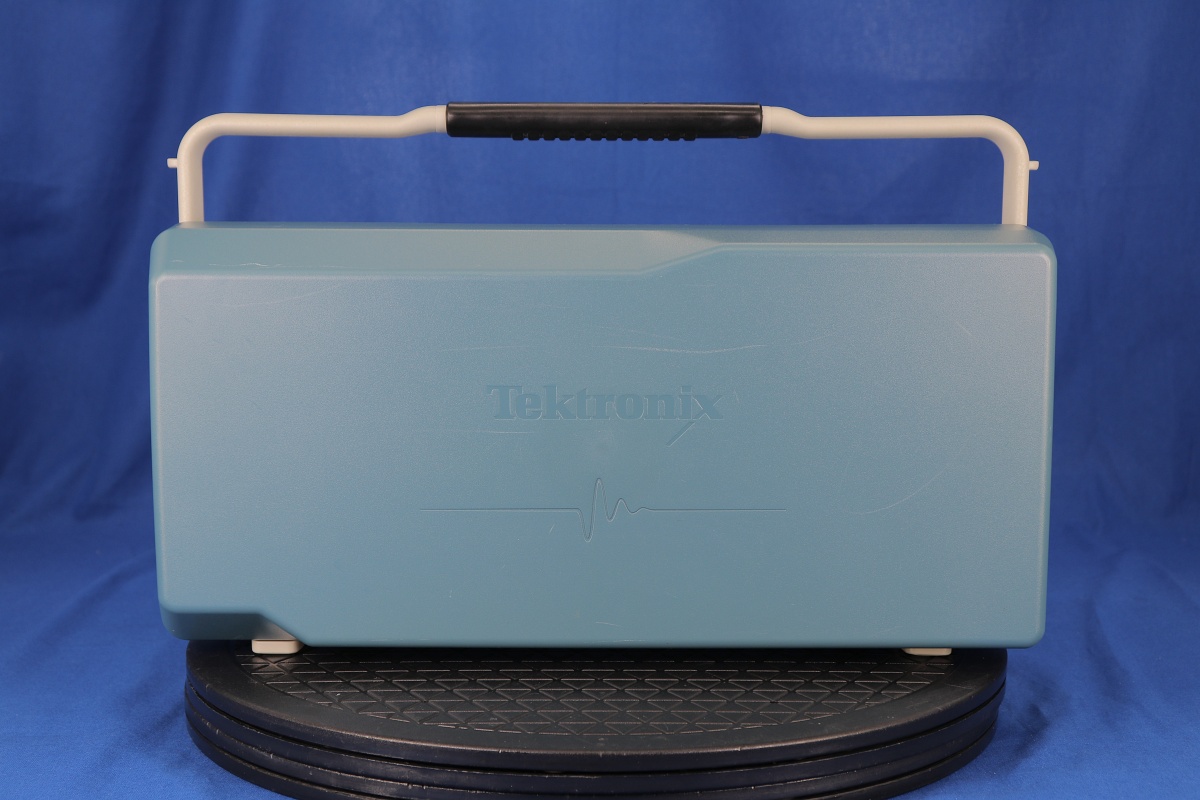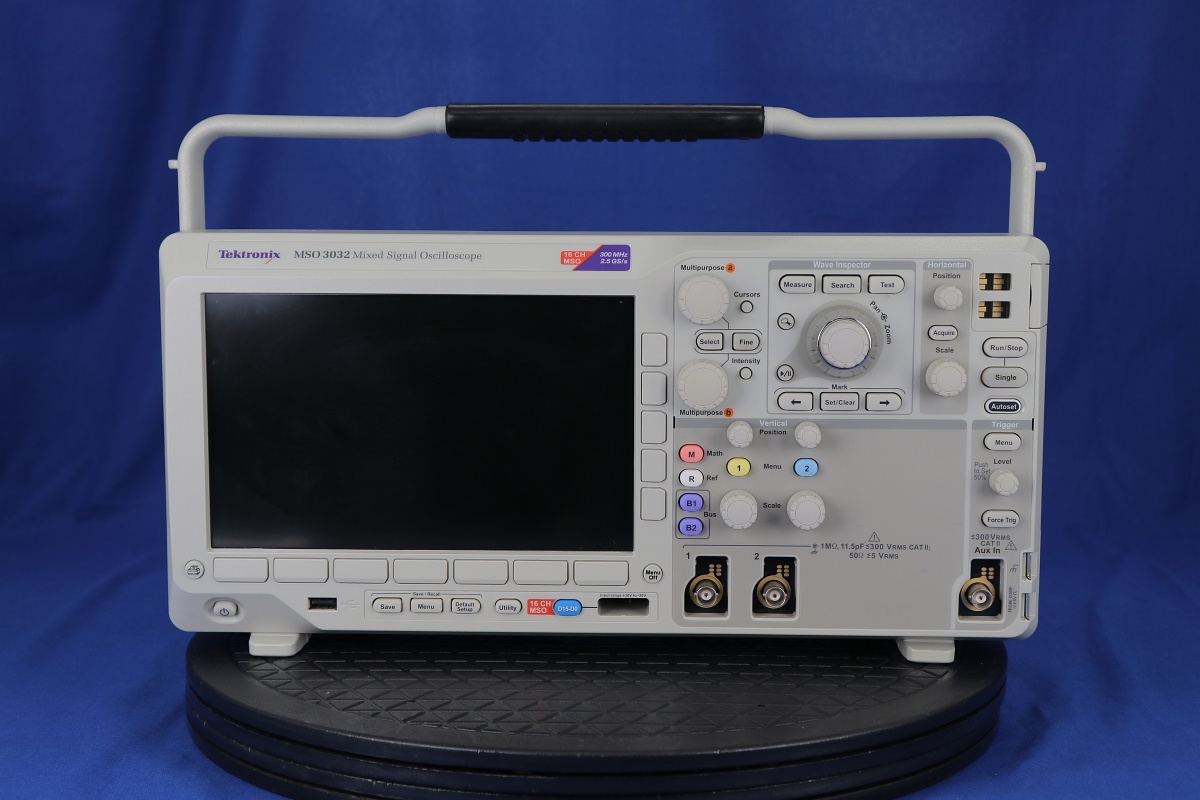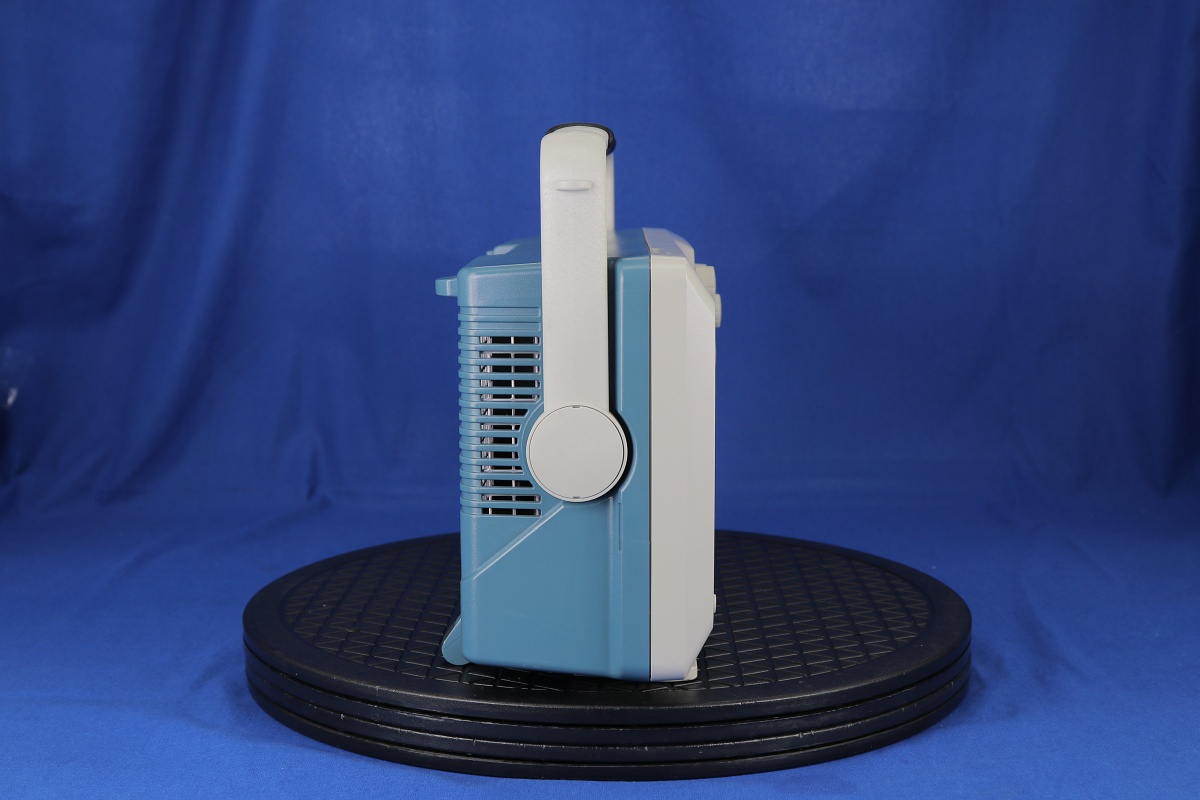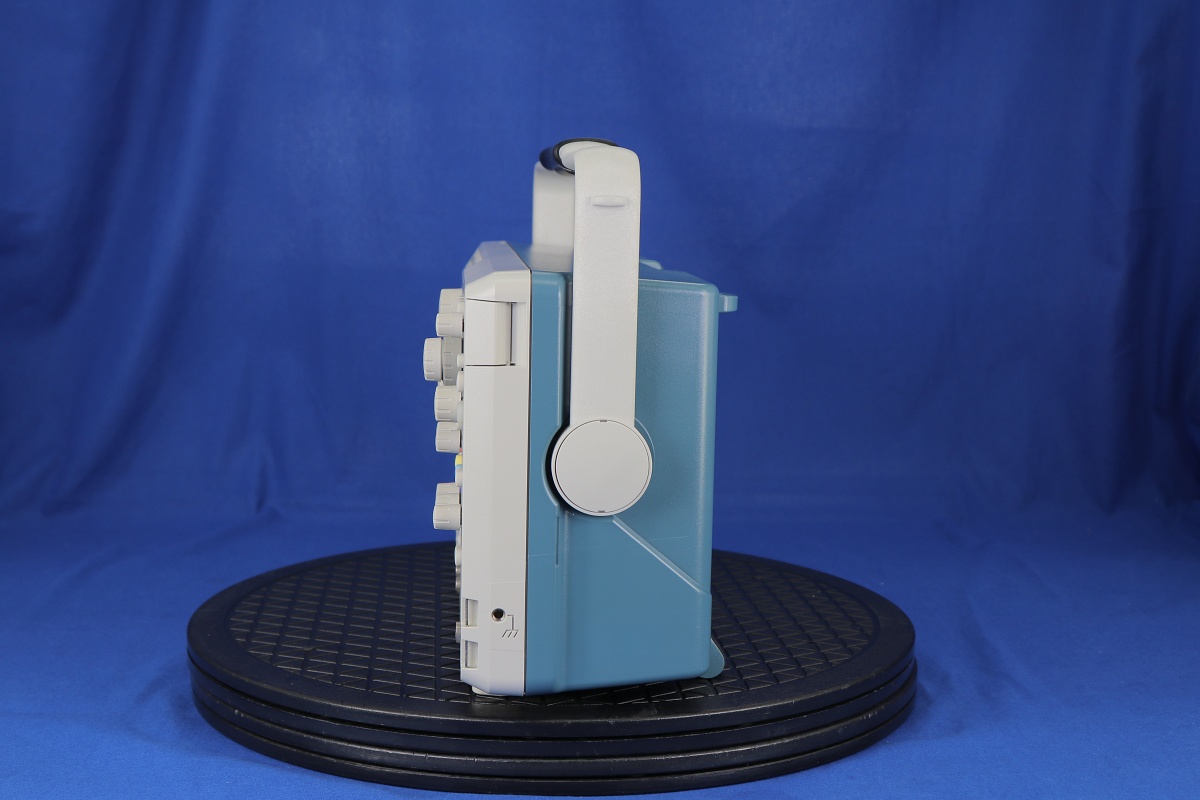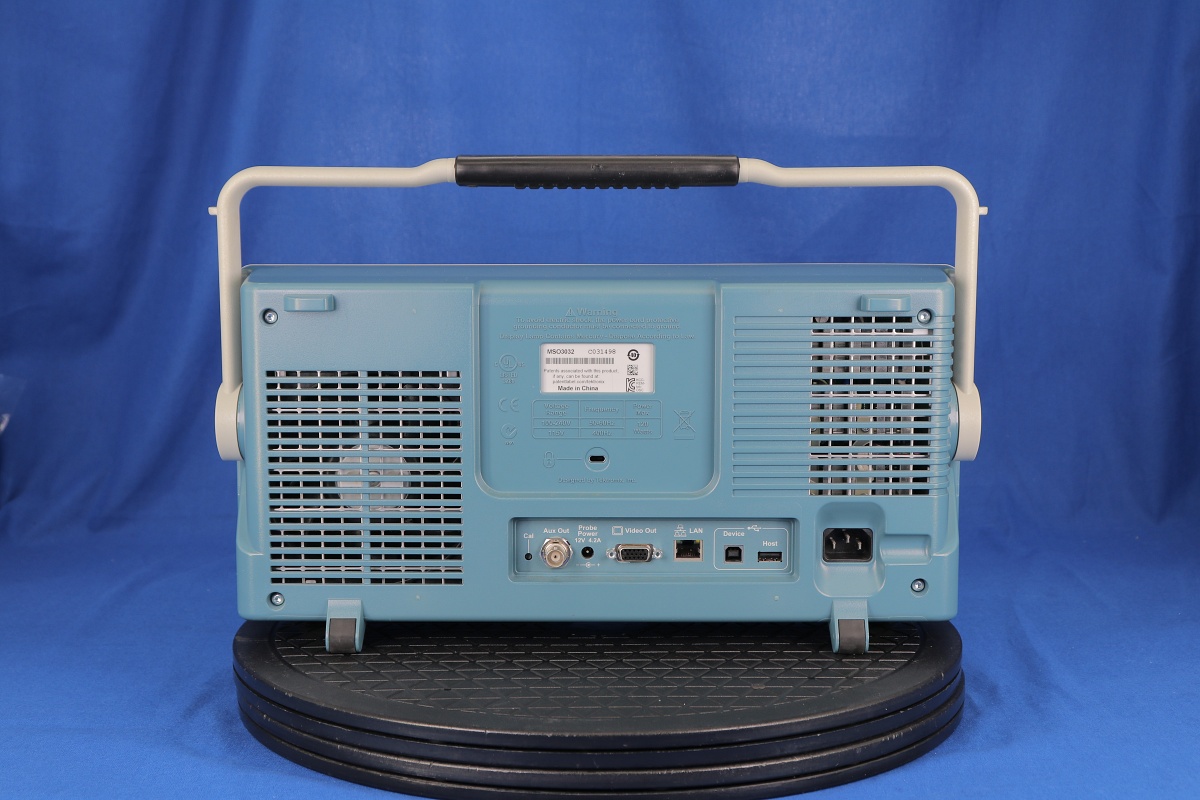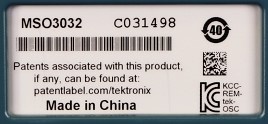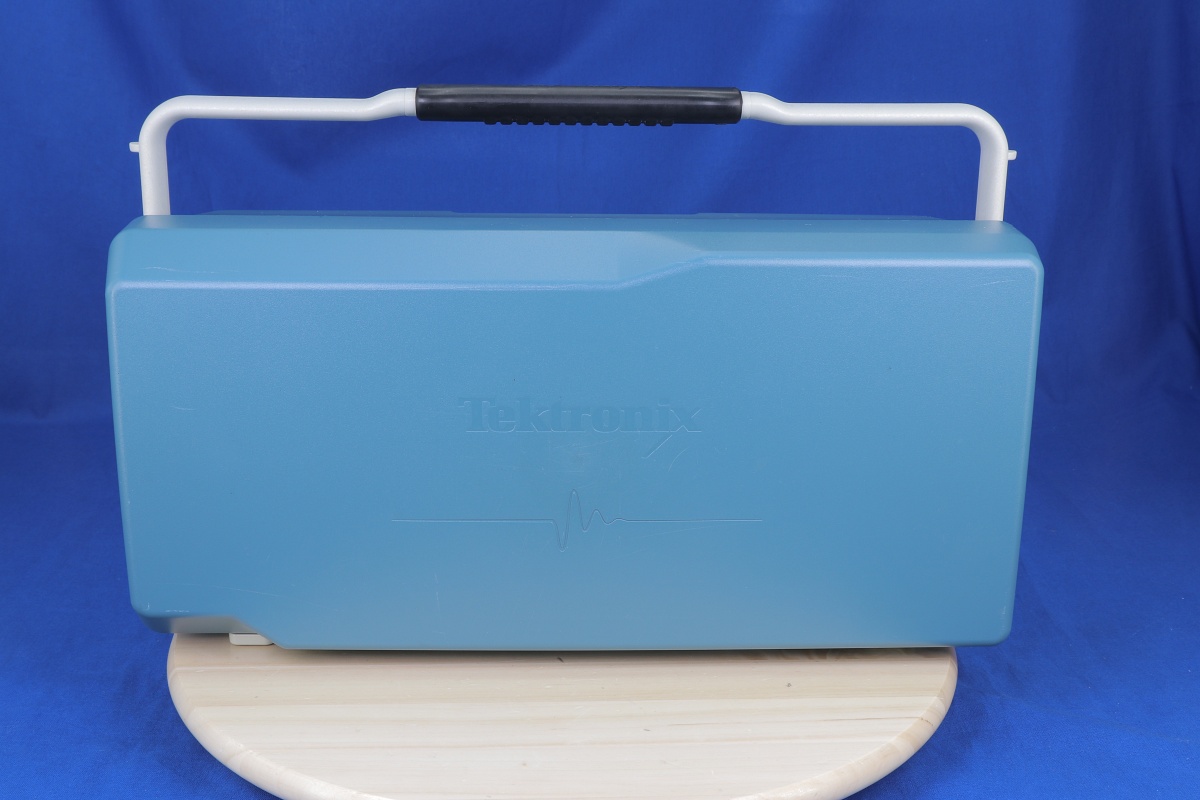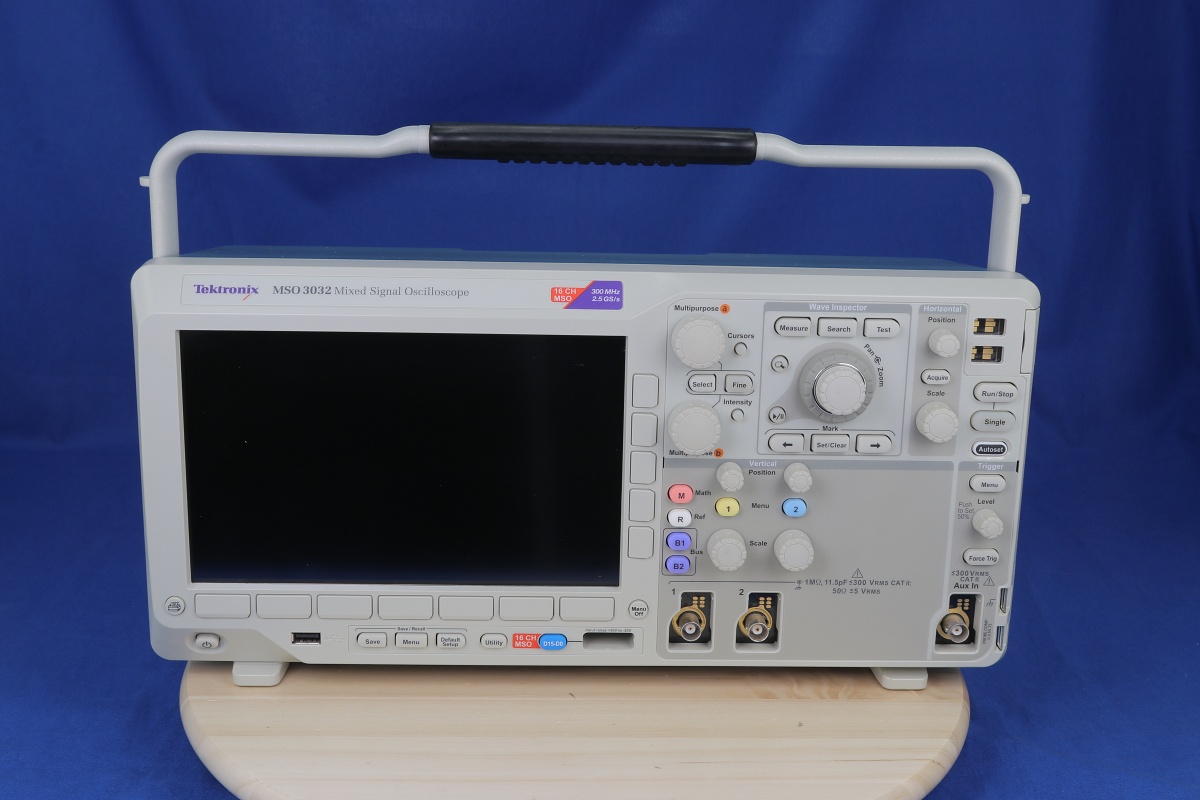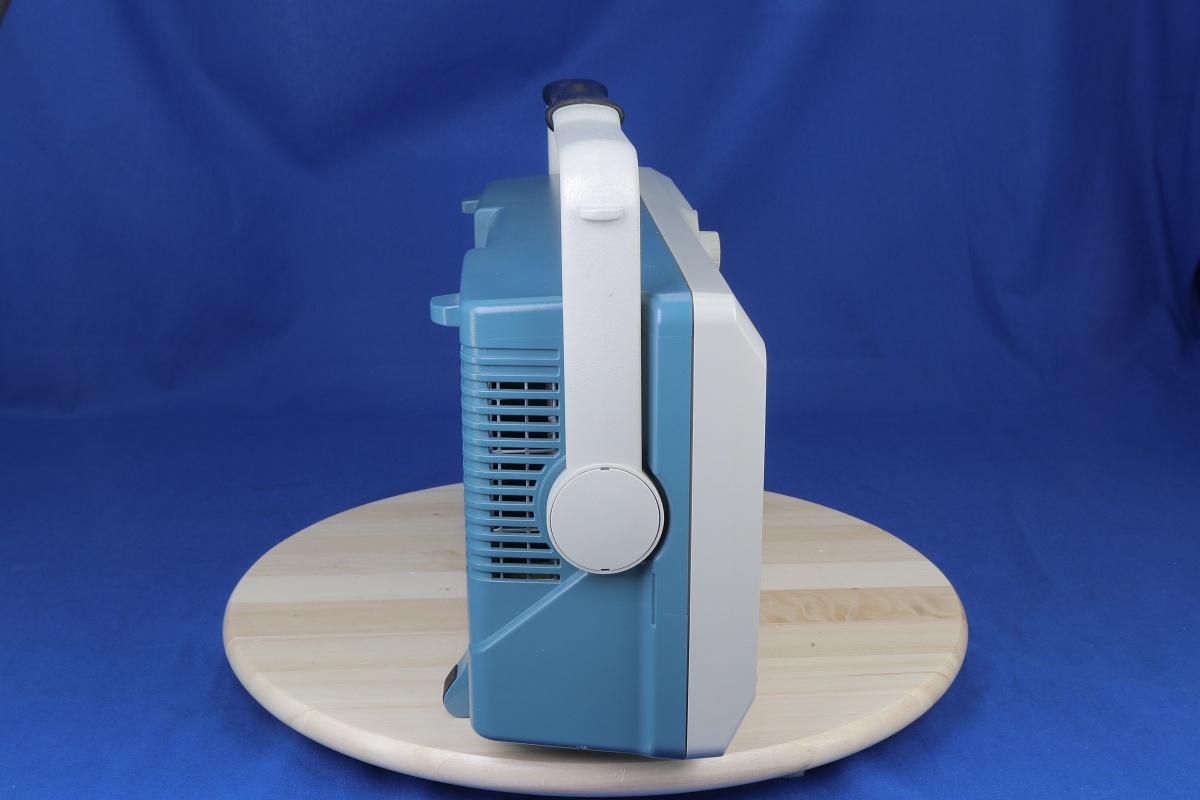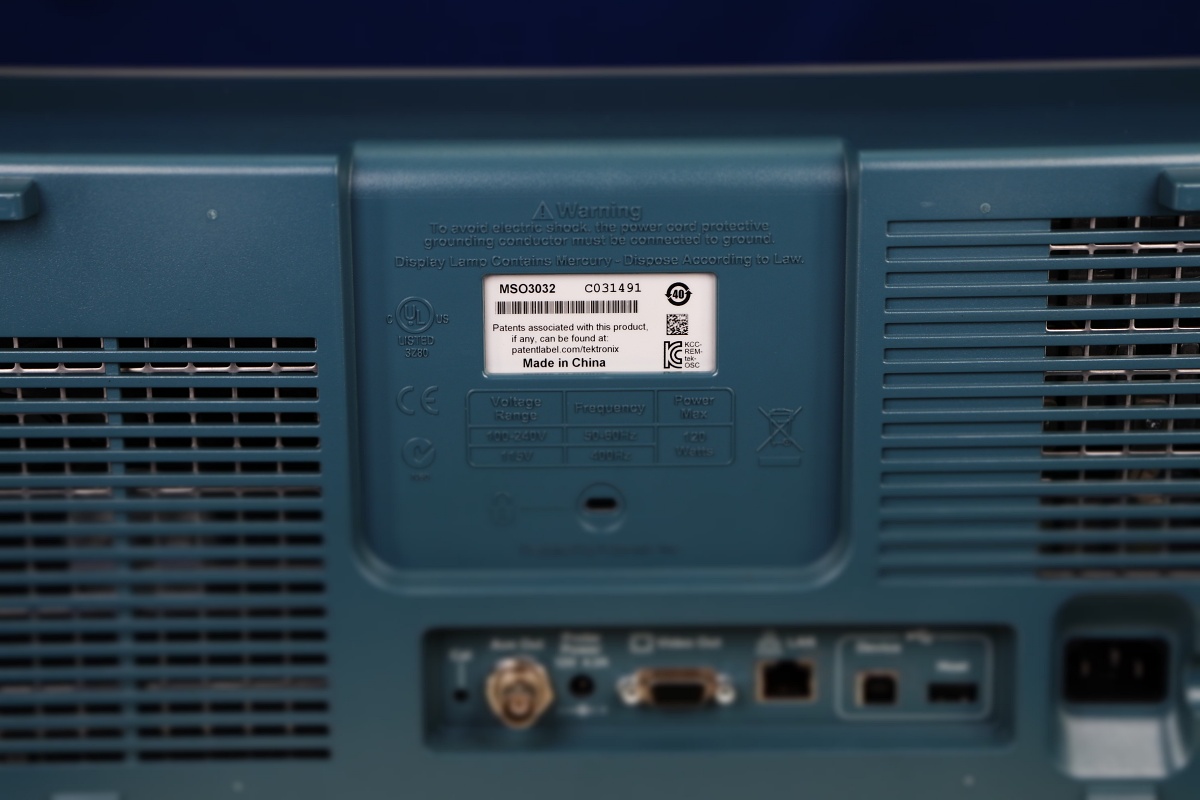
MSO3032 Tektronix Mixed Signal Oscilloscope
Additional Features:
Bandwidth: 300 MHz
Channels: 2 Analog and 16 Digital
Sample Rate: 2.5 GS/s
Record Length: 5 Mpts
>50,000 wfm/s maximum waveform capture rate
Suite of advanced triggers
Wave Inspector® Controls provide easy navigation and automated search of waveform data
29 automated measurements, and FFT analysis for simplified waveform analysis
TekVPI® probe interface supports active, differential, and current probes for automatic scaling and units
9 in. (229 mm) WVGA widescreen color display
Small footprint and lightweight – Only 5.8 in. (147 mm) deep and 9 lb. (4 kg)
Mixed signal design and analysis
Automated triggering, decode, and search on parallel buses
Multichannel setup and hold triggering
MagniVu™ high-speed acquisition provides 121.2 ps fine timing resolution on digital channels
Connectivity
USB 2.0 host port on both the front panel and rear panel for quick and easy data storage, printing, and connecting a USB keyboard
USB 2.0 device port on the rear panel for easy connection to a PC or direct printing to a PictBridge®-compatible printer
Integrated 10/100 Ethernet port for network connection and video out port to export the oscilloscope display to a monitor or projector
With the MSO3032 mixed signal oscilloscope, you can analyze up to 20 analog and digital signals with a single instrument to quickly find and diagnose problems in complex designs. With a bandwidth of 300 MHz and a minimum of 5x oversampling on all channels ensure you have the performance you need for many of today's mainstream applications. To capture long windows of signal activity while maintaining fine timing resolution, the MSO3032 offers a deep record length of 5 M points standard on all channels.
The industry’s most complete visualization of signals provides fast insight into the real operation of your device. A fast waveform capture rate – greater than 50,000 waveforms per second – enables you to see glitches and other infrequent transients within seconds, revealing the true nature of device faults. A digital phosphor display with intensity grading shows the history of a signal’s activity by intensifying areas of the signal that occur more frequently, providing a visual display of just how often anomalies occur.
The MSO/DPO3000 Series provides a complete set of triggers – including runt, logic, pulse width/glitch, setup/hold violation, serial packet, and parallel data – to help quickly find your event. With up to a 5 Mpoint record length, you can capture many events of interest, even thousands of serial packets, in a single acquisition for further analysis while maintaining high resolution to zoom in on fine signal details.
To further help troubleshoot system-level interactions in complex embedded systems, the oscilloscope offers 16 digital channels in addition to its analog channels. Since the digital channels are fully integrated into the oscilloscope, you can trigger across all input channels, automatically time-correlating all analog, digital, and serial signals. The MagniVu™ highspeed acquisition enables you to acquire fine signal detail around the trigger point for precision measurements. MagniVu is essential for making accurate timing measurements for setup and hold measurements, clock delay, signal skew, and glitch characterization.
The innovative Wave Inspector® controls give you the industry’s most comprehensive search and waveform navigation capability. These controls speed panning and zooming through your record. With a unique force-feedback system, you can move from one end of your record to the other in just seconds. User marks allow you to mark any location that you may want to reference later for further investigation. Or, automatically search your record for criteria you define. Wave Inspector will instantly search your entire record, including analog, digital, and serial bus data. Along the way it will automatically mark every occurrence of your defined event so you can quickly move between events.
The oscilloscope offers a comprehensive set of integrated analysis tools including waveform- and screen-based cursors, automated measurements, advanced waveform math including arbitrary equation editing, FFT analysis, and trend plots for visually determining how a measurement is changing over time. Specialized application support for serial bus analysis, power supply design, and video design and development is also available.
For extended analysis, National Instrument’s LabVIEW SignalExpress® Tektronix Edition provides over 200 built-in functions including time and frequency domain analysis, limit testing, data logging, and customizable reports.
The outer control pans the zoom box across the waveform to quickly get to the portion of waveform you are interested in. The outer control also utilizes force-feedback to determine how fast to pan on the waveform. The farther you turn the outer control, the faster the zoom box moves. Pan direction is changed by simply turning the control the other way.
Waveforms are superimposed with one another and waveform points that occur more frequently are intensified. This quickly highlights the events that over time occur more often or, in the case of infrequent anomalies, occur less often.
You can choose infinite persistence or variable persistence, determining how long the previous waveform acquisitions stay on-screen. This allows you to determine how often an anomaly is occurring.
The multiple transition detection hardware shows you a white edge on the display when the system detects multiple transitions. White edges indicate that more information is available by zooming in or acquiring at faster sampling rates. In most cases zooming in will reveal the pulse that was not viewable with the previous settings. If the white edge is still present after zooming in as far as possible, this indicates that increasing the sample rate on the next acquisition will reveal higher frequency information than the previous settings could acquire.
You can group digital waveforms and enter waveform labels by using a USB keyboard. By simply placing digital waveforms next to each other, they form a group.
Once a group is formed, you can position all the channels contained in that group collectively. This greatly reduces the normal setup time associated with positioning channels individually.
Standard features such as IRE and mV graticules, holdoff by fields, video polarity, and an Autoset smart enough to detect video signals, make these the easiest to use oscilloscopes on the market for video applications. And with high bandwidth, four analog inputs, and a built-in 75 Ω input termination, the oscilloscope provides ample performance for analog and digital video use.
The video functionality is further extended with the optional video application module, which provides the industry's most complete suite of HDTV and custom (nonstandard) video triggers.
NI LabVIEW SignalExpress Tektronix Edition LE enables you to instantly acquire, generate, analyze, compare, import, and save measurement data and signals using an intuitive drag-and-drop user interface that does not require any programming. The optional Professional Version offers over 200 built-in functions that provide additional signal processing, advanced analysis, sweeping, limit testing and user-defined step capabilities.
For simple tasks, the included OpenChoice Desktop enables fast and easy communication between the oscilloscope and your PC through USB or LAN for transferring settings, waveforms, and screen images.
REQUEST A QUOTE
